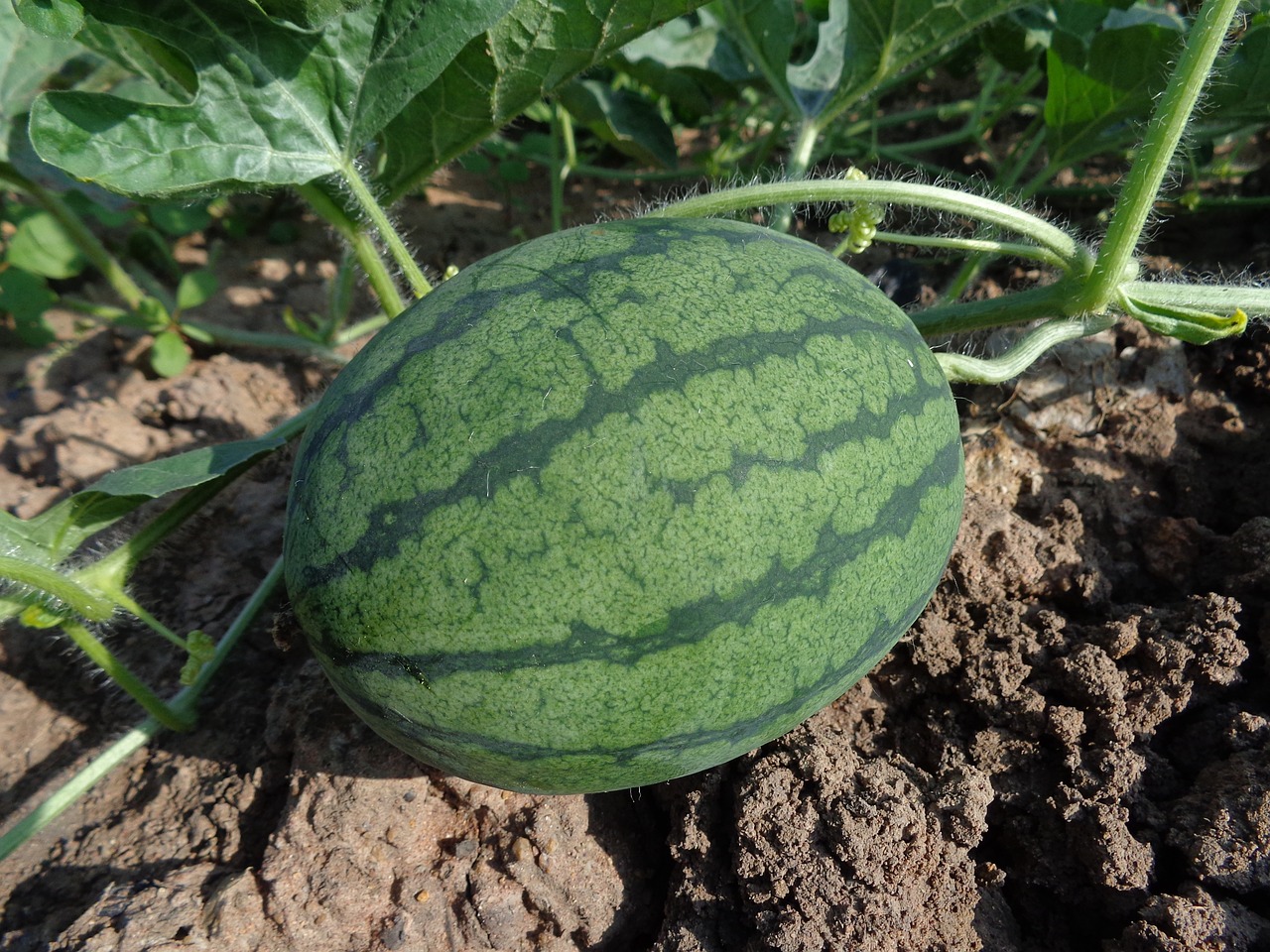
Ah, watermelon. The quintessential taste of summer, dripping with juice and bursting with sweetness. But the path to a perfect watermelon isn’t always sunshine and rainbows. Pests can wreak havoc, and soil quality can impact both flavor and yield. Enter companion planting, a time-tested strategy that turns your garden into a harmonious ecosystem. Strategically placing specific plants alongside your watermelons can create a haven for beneficial insects, deter pesky critters, and even enrich the soil for bigger, sweeter melons.
Uninvited Guests at the Watermelon Party: Keeping the Troublemakers Away
The first order of business is defense. Several pests love watermelon as much as we do, and companion planting can be your secret weapon:
- Cucumber Beetles: These striped or spotted villains munch on leaves and transmit diseases. Defense Squad: Nasturtiums! These vibrant flowers act as a sacrificial crop, attracting the beetles away from your precious watermelons.
- Aphids: These tiny sap-suckers weaken plants. Defense Squad: Ladybugs and lacewings are aphid assassins. Attract them with fragrant herbs like dill, fennel, and chamomile.
- Squash Bugs and Vine Borers: These guys can decimate your watermelon vines. Defense Squad: Strong-smelling herbs like rosemary and thyme repel these pests.
Pro Tip: Plant these defender plants around the perimeter of your watermelon patch for a multi-layered defense.
Sweet Symphony: Attracting Pollinators for Bumper Crops
Watermelons are heavy flirters, relying on bees and other pollinators to set fruit. Here’s how to turn your garden into a pollinator paradise:
- Blossoming Bodyguards: Borage, with its vibrant blue star-shaped flowers, is a magnet for pollinators. Plus, its leaves are edible!
- Sun-Kissed Allure: Marigolds, with their cheerful yellow and orange blooms, are another pollinator favorite.
- Aromatic Attraction: Fragrant herbs like lavender and mint not only deter pests but also attract a buzzing crowd of pollinators.
Remember: Opt for heirloom varieties of these flowering companions, as their blooms tend to be more attractive to pollinators than their hybridized counterparts.
Nature’s Nitrogen Fixers: Supercharging Your Soil
Watermelon vines are heavy feeders, and nitrogen-rich soil is essential for optimal growth. Here are some companion plants that act as nitrogen fixers, enriching the soil for your melons:
- Legume Love: Beans, peas, and peanuts capture nitrogen from the air and deposit it into the soil, creating a natural fertilizer for your watermelons.
- Clover Power: Crimson clover is a nitrogen-fixing powerhouse that also attracts pollinators with its beautiful red flowers.
Planting Tip: Sow legumes a few weeks before your watermelons to ensure they’re established and fixing nitrogen by the time your melons need it most.
Sharing is Caring: Beneficial Neighbors for a Thriving Ecosystem
Companion planting isn’t just about defense and nutrition; it’s about creating a balanced ecosystem. Here are some surprising pairings that benefit both your watermelons and their neighbors:
- Watermelon and Corn: This may seem counterintuitive, but corn stalks provide much-needed shade for watermelon vines during the hottest part of the day.
- Watermelon and Radishes: Radishes mature quickly, helping to deter weeds while they’re young and vulnerable.
Remember: When planting corn, choose dwarf or popcorn varieties to avoid shading out your watermelons.
Beyond the Basics: Creative Companion Planting Strategies
For the adventurous gardener, here are some additional ideas to explore:
- Interplanting: Plant fast-maturing vegetables like lettuce or spinach between watermelon rows. They’ll be harvested before the vines sprawl, maximizing your garden space.
- Vertical Gardening: Train watermelon vines to climb a trellis or fence. This allows you to plant other crops below, like herbs or low-growing greens, without sacrificing space.
Cautionary Note: Avoid planting watermelons near potatoes, squash, or pumpkins. These plants share some of the same diseases and can compete for resources.
Conclusion: The Rewards of a Thriving Watermelon Patch
Embracing companion planting is not just growing watermelons; you’re cultivating a thriving ecosystem. With a little planning and the right plant pairings, you can enjoy a harvest of bursting-with-flavor melons, naturally protected from pests and nurtured by a healthy soil. So, grab your seeds, get creative with companion planting, and get ready to experience the joy of homegrown watermelon magic!
